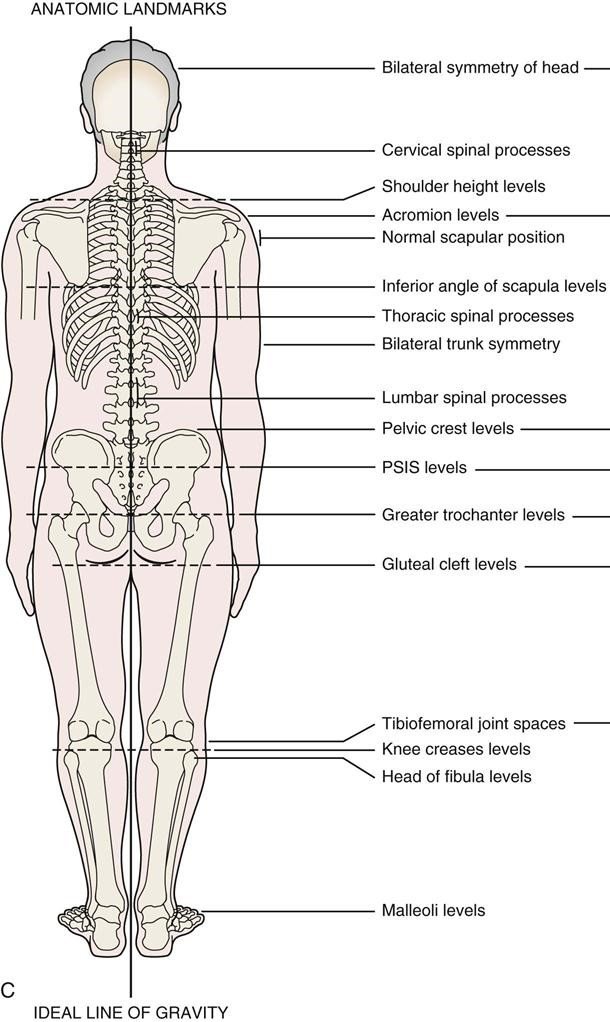Posture is important and should be measured?
Whether we like it or not, gravity is ALWAYS upon us, and the body is ALWAYS trying to adjust internal forces with external forces to perform a function.
Static postural alignment puts the joints and muscles in an optimal position.
Dynamic posture enables optimal control and prevents power leakage.
Good posture should not be underestimated for attractiveness, mood, improved circulation and breathing.
We recently discovered an orthopedics website that has quite a lot of content about musculoskeletal problems and how they can be managed medically. A large part of good orthopedics is measurement. No one wants a knee replacement and to find one leg longer than the other. This would indeed create poor posture and gait disturbances. The point of the surgery is to align the legs for optimal gait, not make things worse.
Both static and dynamic are obviously important for activities of daily living - we were meant to move using an upright stance! Let’s hope that most surgeons measure twice and cut once. Let’s also hope that the very basics of posture assessment don’t get ignored by health professionals who have forgotten their biomechanics and conveniently ignore first-principle thinking.
Here are our additions to the Posture Assessment section of the orthopedics website Musculoskeletal Key, as well as a few other key principles in orthopedics relating to posture that can be found on the website.
Correct posture is the position in which minimum stress is applied to each joint.
We also bleive that the Best posture is your next posture!
Upright posture is the normal standing posture for humans. Upright posture places greater stress on the lower limbs, pelvis, and spine; reduces stability; and increases the work of the heart. If the upright posture is correct, minimal muscle activity is needed to maintain the position.
There are many boney and soft tissue landmarks that can be seen by the human eye for the assessment of static posture. Based on this, many assumptions can be made about:
skeletal alignment
muscle size
muscle tone
muscle-fascia length
joint contracture
joint laxity
joint congruency
pain avoidance
proprioception
balance
mood
limb length differences
congenital problems
Eyeballing posture is the mainstream - even in 2023 - can you believe it?
The problem with eyeballing is that our eyeballs lie to us all the time. Perception can be a wonderful thing, except when it deceives us - and that happens all the time. Not to mention the difficulty in transferring what we see to words in an attempt to describe what we think we see. Why not just record the whole thing all at once - front, back, side, top, bottom?
Even today, most health and fitness professionals still use pen and paper and stick figure drawings to explain postural alignment. Some take a photo with a phone or tablet and draw lines on the screen with their fingers. A step up from the clipboard, but still subject to perception - and fat finger error.
So what should one be looking for when performing a standing posture assessment, either using pixels from a modern computer vision system or just eyeballing by the old schoolers?
There are two main approaches to this:
1. the Anatomical approach - which is the easy one because the body parts are visible to the naked eye, but it leaves the biomechanics up to some guesswork and rather large assumptions.
2. the Mechanical approach, which requires technology to calculate what is actually going on as far as biomechanics is concerned.
Before we get into the Anatomical approach, let’s slightly modify some illustrations from the orthopedics website to show the difference between the Anatomical and Mechanical posture of the leg. It’s a simple example, and it does influence postural assessment. Let’s hope that the surgeon does not get the two confused.
For the anatomical assessment, these are the landmarks that get most attention. The classic ‘plumbline’ usually hangs from the roof and represents the Line of Gravity (LOG). In fact, standing posture is largely dependent on ground reaction forces generated by body effort that is pushing us up against gravity. So the plumbline should really be a ‘true vertical’ line starting from the midfoot position and traveling upwards.
In optimal body alignment, where there is the least stress on the body (mechanically), the LOG seen from the side travels upwards from
the front of the ankle joint (pivot point 1 - tending towards dorsiflexion moment),
slightly anterior to the middle of the knee joint (pivot point 2 - tending towards knee extension moment),
through the big stable hip joint (pivot point 3 - performing a balancing act)
slightly anterior to the shoulder (pivot point 4 - tending towards a retracted shoulder girdle and with gravity on the chest more than the back of the shoulders (until the smartphone was invented).
through the neck (pivot point 5 - tending towards lower cervical flexion)
through the earlobe and to the top of the head (pivot point 6 - with the ball-shaped skull performing a balancing act as well).
Keep in mind, the body wants to balance all of these body parts collectively (called the Centre of Mass - COM) over the base of support (BOS = the feet). It is a rather large task that we take for granted until actually we have a balance problem. Postural sway is a product of the balancing act of multiple body parts around their pivot points and in response to breathing. Postural sway is normal and actually promotes good circulation. However, when the body parts are not aligned as described above, then the net position of the COM shifts the LOG relative to the base of support (BOS), and the room for error is compromised, and loss of balance can occur.
In fact, when the LOG moves, it can affect any of the joints by causing an increased tendency to move (at the pivot points and other joints), and this needs to be matched by equal and opposite muscle, joint, and connective tissue resistance to stand upright. This can be tiring and become painful, and even lead to long-term structural changes over time. It is less efficient and therefore more energy-consuming, and it can negatively affect breathing and circulation.
The position of the LOG relative to joints and the base of support is critical for optimal sports performance. Transferring forces through the body is heavily dependent on posture, and this is where the importance of mechanical measurements becomes very obvious. The ability to get in and out of different postures in an effective manner is key to agility and coordination, and to injury prevention.
Moovment SaaS is designed to measure human movement, balance and posture in a simple way thanks to automated computer vision technology.
Learn more about Moovment software here.




